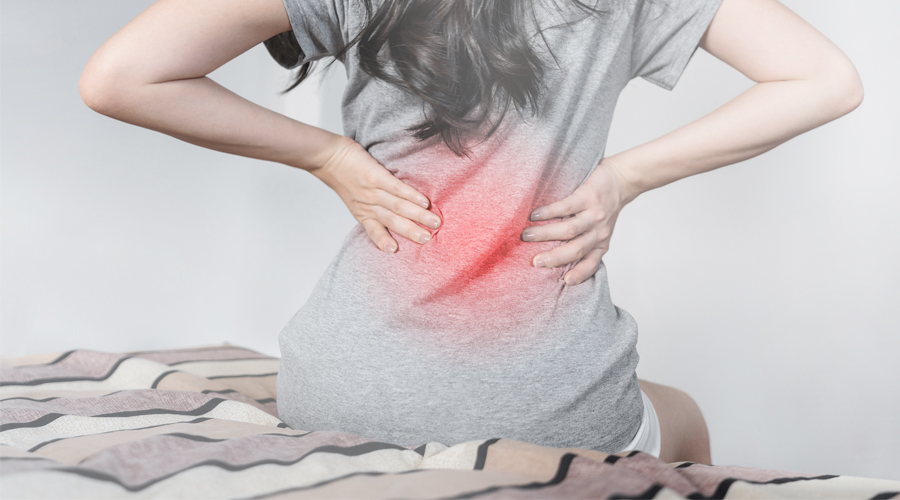The Latest on the Health-supportive Role of Cordyceps
[vc_row css_animation="element_from_fade" row_type="row" use_row_as_full_screen_section="no" type="grid" angled_section="no" text_align="center" background_image_as_pattern="without_pattern" padding_bottom="0" z_index="" css=".vc_custom_1533794039349{margin-bottom: 0px !important;border-bottom-width: 0px !important;padding-bottom: 0px !important;}"][vc_column][vc_column_text css=".vc_custom_1652662963368{padding-bottom: 15% !important;}"] The Latest on the Health-supportive Role of Cordyceps [/vc_column_text][vc_row_inner row_type="row" type="grid" text_align="left" css_animation="" background_color="#ffffff" css=".vc_custom_1534244134279{margin-bottom: 0px !important;border-bottom-width: 0px !important;padding-bottom: 60px !important;}"][vc_column_inner css=".vc_custom_1534244647194{margin-top: -10% !important;padding-right: 50px !important;padding-left: 50px !important;}"][vc_single_image image="32894" img_size="full" alignment="center" qode_css_animation="" qode_hover_animation="zoom_in" css=".vc_custom_1652662086113{padding-right: 10% !important;padding-left: 10% !important;}"][vc_empty_space height="30px"][vc_column_text] Cordyceps is a genus containing numerous species of medicinal mushrooms Cordyceps have been traditionally used in Chinese and Tibetan medicine and have been the subject of many research studies for their potential to support human health. Cordyceps have been shown in research to support immune health,...












